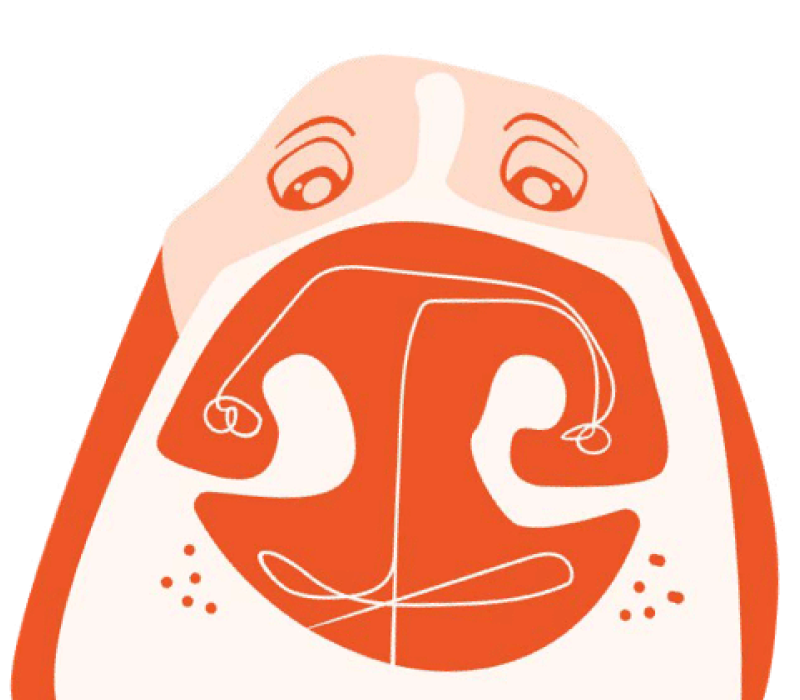Your cart is empty. Let's fix that!


|
The number one rule of playtime? Make sure it’s actually playtime. If a dog is stressed, you’ll know by these signs. Give anxious dogs a pass, or get them away from stressors and try again. Rule number two: pair the toy to your dog’s play personality. That means exceptionally tough toys for determined chewers, long-flying toys for dogs who love to run, and maybe a soft fluffy buddy for puppies or seniors. Rule number three? Have fun. Alright—review over...onto the three major modes of play. |

|
For dogs, tug-o-war is a major bonding game. They’re reading your signs, giving and taking, and believe it or not, it’s usually not about winning. That said, let your dog win sometimes! Even the tiniest tuggers think they’re letting YOU claim victory sometimes, because fair’s fair. (In their minds, they’re big and mighty beasties. Even if they only weigh 14 pounds.) The best toys for tug give you enough grip space and your dog enough chomping margin. Bumi our top choice—it stretches to twice its length, can be easily grabbed by both humans or fellow canine contestants, and rates as DogLab’s #1 tug toy for smaller dogs. Or try our newest addition to the tug collection with Snorkl™! Our Rowdies® rank a close second. These stuffed buddies may be fluffy and cute, but don’t let their innocent expressions fool you. They’re tough enough to take a tugging, too. |
|
Some breeds just have the instinct to retrieve that pheasant for you, instilled over yeeeaaars of caveman-canine conditioning. Pheasants or not, dogs with a little retriever still have a tiny voice telling them to keep practicing fetch. The rules of fetch are simple—your dog perceives something is “yours”, and they bring it to you. Sometimes, repeatedly. Even if you fling it away! The rule is, you still probably want it. Since dogs might decide random logs or discarded items they find outside might be“yours”, it helps to start with a clear possession, like—you guessed it—a toy. And since some extra skilled dogs can catch toys midair, you want to ensure that they’re catching something teeth-friendly, like flexible Zogoflex® toys or a fluffy Rowdies buddy. Finally, if your dog is getting too wound up or your arm is getting too tired, no sweat. You can help scratch their fetch itch with a game of hide-and-seek...just put their Jive® somewhere, and ask them “where’s da bawl!?” Instincts engaged, in a calmer way that gives your pitch-arm a break. |
|
Dogs love chewing on puzzles—it gets their brains and reward centers pumping out the good endorphins. Plus it’s a lifesaver when the weather is too unfun for outdoor time or your pup has an injury. The rule with puzzles is, you have to help them see how the toy works, at least until they’ve had a few. Here’s how: Grab a treat toy like Qwizl®, and show them that you’re putting a treat inside. Start with something small that will fall out easily, so they get the idea. Once they’ve caught on, work up to trickier (and maybe stickier?) treats that take more effort to get out. If they’re leaving the toy behind with the treat still inside, you’ll know you’ve made it too hard too fast. That, or you’re presenting a puzzle too often. Even though it’s not a ton of action, puzzle toys take a lot of doggy brainpower, so make sure you give them time to rest and recharge. In fact, let’s just make “more naps” a rule, too. |
 |
Okay, secretly, puzzle treats are kinda fun on their own—chewy, fetchy, fun—but they turn magical when you add treats. Our recommendation? Fill with our Beef Liver Freeze-Dried Treats. Shop Puzzle Toys |